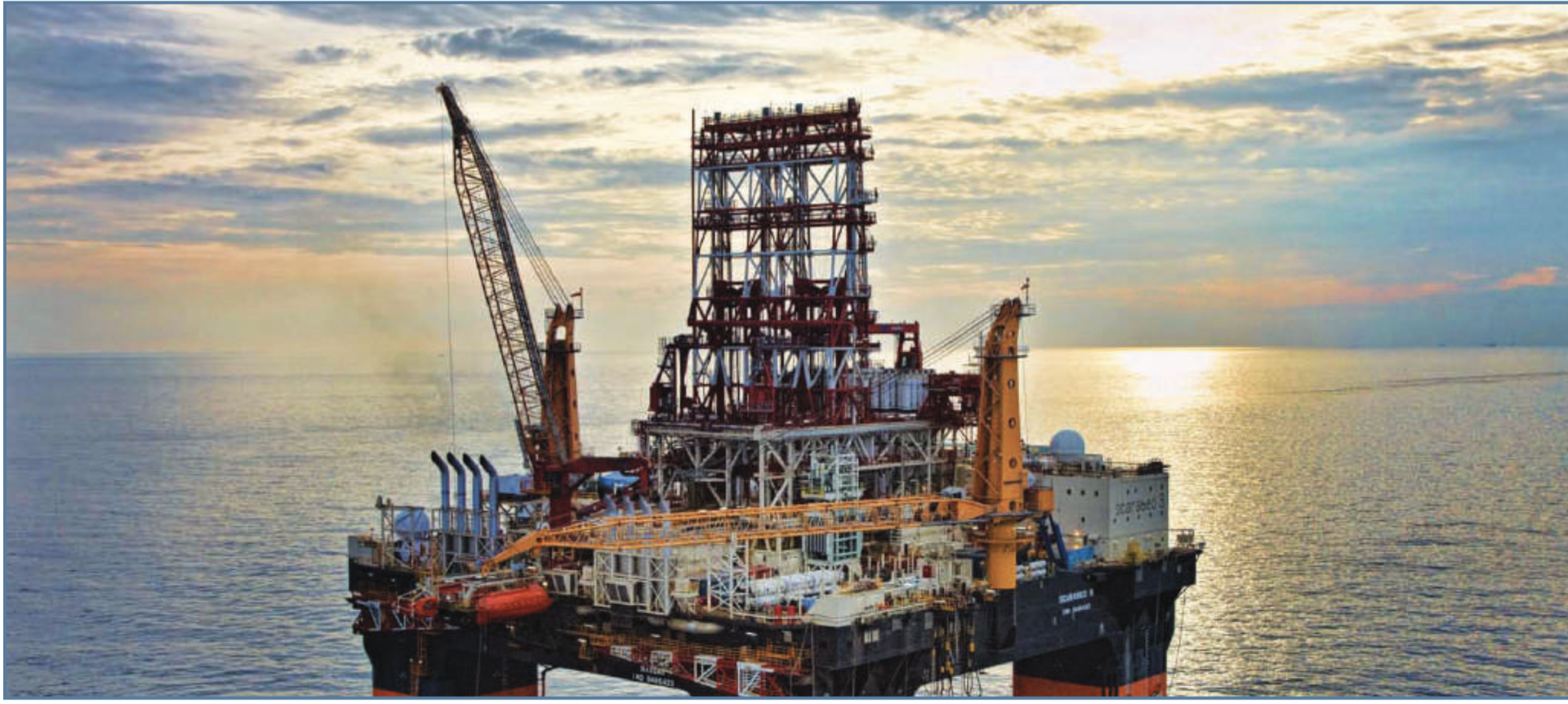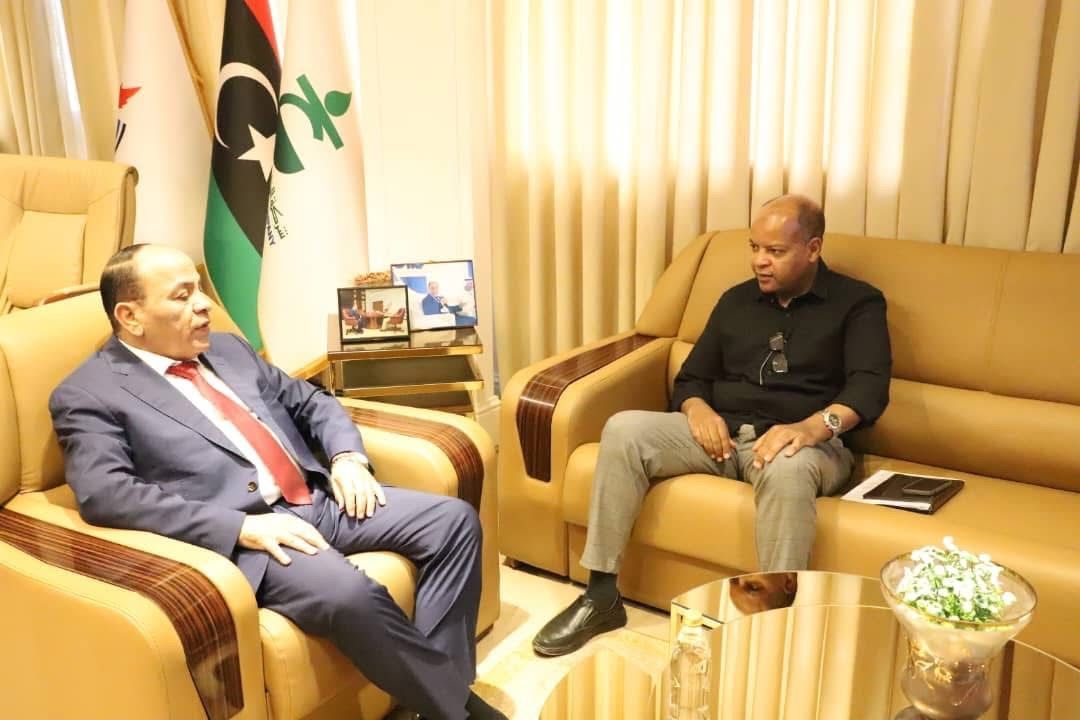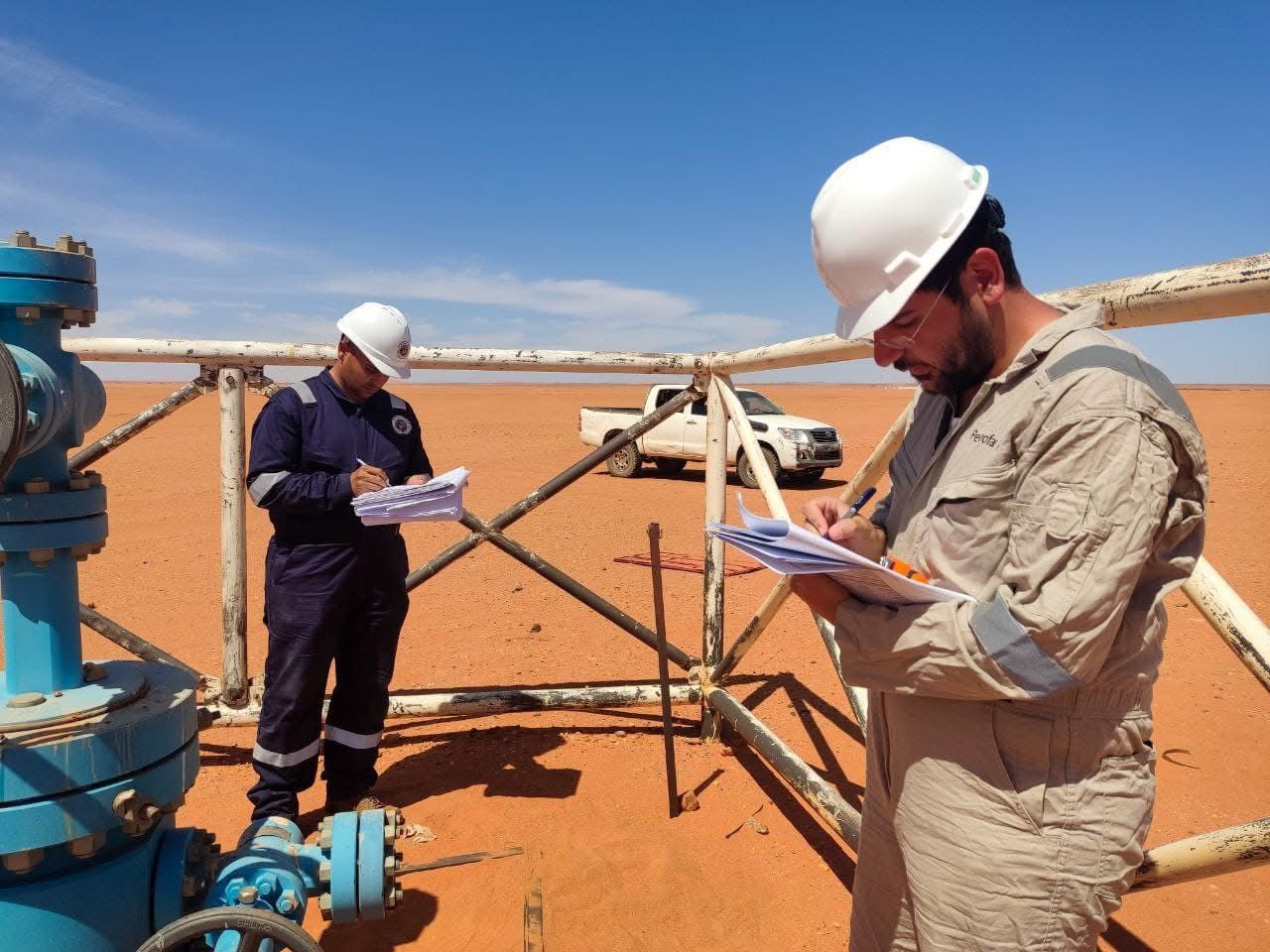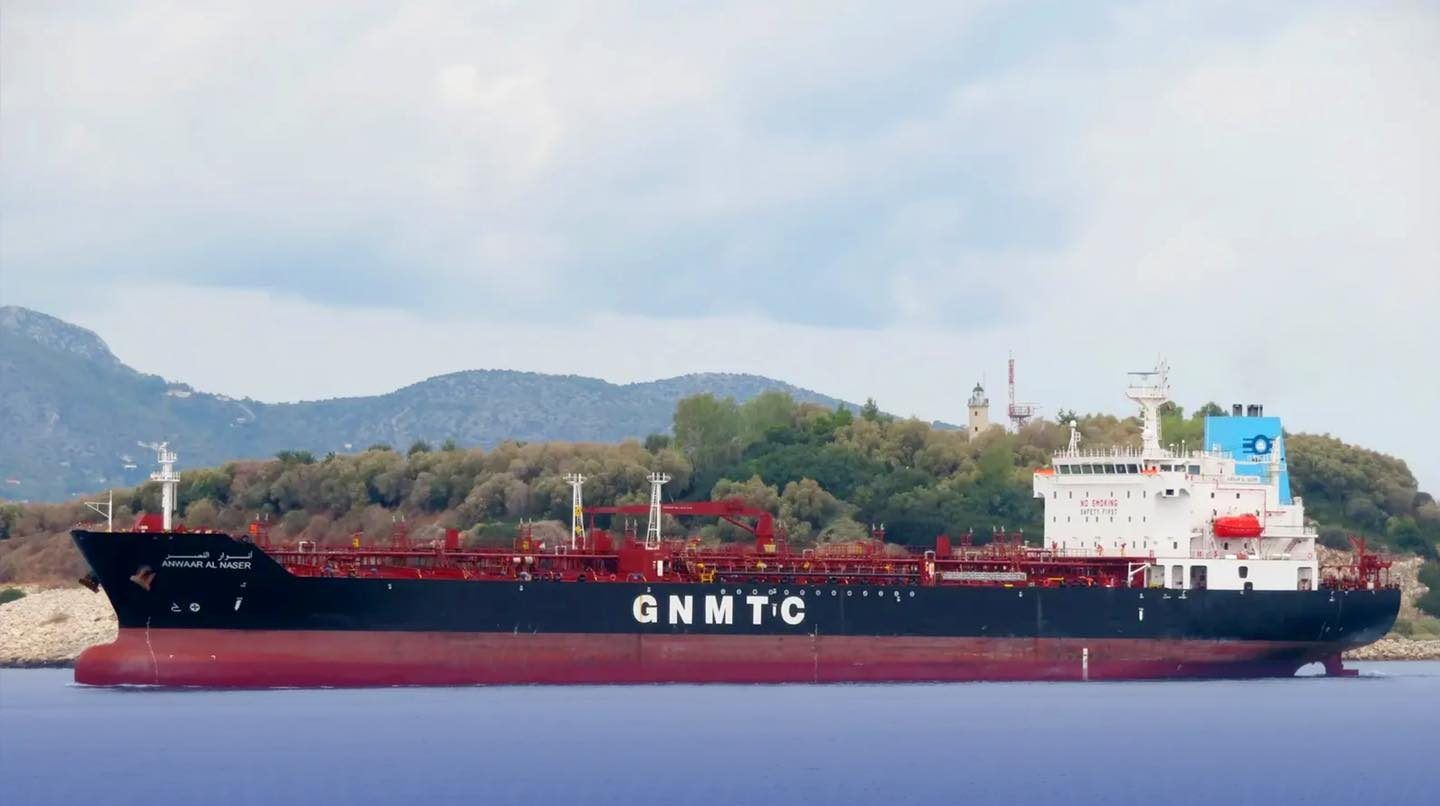
Saipem, the Italian multinational oilfield services company, has secured a significant boost in Libya’s energy sector. The company has been pre-qualified to undertake the Engineering, Procurement, Construction, Hook-up, Commissioning and Start-up (EPC) works for Production Platform E, a crucial component of the $8-billion Structures A&E Development Project.
the project, led by Mellitah Oil & Gas, a joint venture between Eni and the NOC, aims to boost Libya’s gas production capacity by 750 million cubic feet per day by 2026, supplying both the domestic market and European consumers.
“We are committed to Libya’s energy future,” said Giorgio Elia, Managing Director for North East Africa at Saipem. “The pre-qualification for Platform E, one of the largest in the Mediterranean, underscores our strong presence in the region and our ability to deliver complex projects.”
The announcement was made during the Libya- Italy Roundtable and VIP Networking Event in September, a high-level gathering focused on the country’s oil and gas sector. Eni highlighted several other major upcoming Libyan projects, including the Bouri Gas Utilisation Project, which will recover associated gas from the Bouri field and incorporate a carbon capture facility, together with another significant gas production project also slated for this year. These developments underscore the growing importance of Libya’s energy sector and the increasing role of international companies in supporting the country’s economic recovery and development.
Saipem has a strong bias towards activities in harsh and remote areas, in deep waters as well as in extremely cold and hot environments, applying significant technological competences in many diverse fields such as gas monetisation and heavy oil exploitation. Ever since its initial steps in the 1950s as the construction division of Snam, the pipeline company of the Eni Group in Italy, Saipem has pursued a growth strategy, based on the development of internal assets, expertise and skilled resources, as well as on the acquisition of other players with their own asset bases, such as Micoperi in the late 1980s, and many others more recently, including Bouygues Offshore in France, Moss Maritime in Norway, IDPE in India and Snamprogetti in Italy.
Saipem’s Core Competencies: Construction of Subsea Pipelines
One of Saipem’s core competencies is in the construction of subsea pipelines, the lifeblood of offshore oil and gas operations. Recognised for its innovative approach and technological prowess, Saipem has pioneered ground-breaking techniques such as the S-Lay and J-Lay methods. These enable the efficient and safe installation of pipelines in even the most challenging underwater environments. As such, Saipem is seen as having set new industry standards and contributed to the development of sustainable and eco- friendly solutions. Over six decades, Saipem has laid over 30,000 kilometres of subsea pipelines, demonstrating its expertise in overcoming complex technical and logistical challenges. The company’s commitment to safety, quality and innovation ensures that its projects meet the highest industry standards.
Submarine Intervention Services for the Libya-Italy gas pipeline
Saipem has also been awarded a significant project by Greenstream BV: the provision of surveillance and subsea intervention services for the Greenstream pipeline, both offshore and onshore at the terminals at Mellitah in Libya and Gela in Sicily. Building on a long- standing relationship dating back to 2002 when it was awarded the contract to lay the longest underwater pipeline in the Mediterranean, Saipem will continue to provide essential services, including pipeline integrity, inspection, maintenance and emergency management, evidence of Greenstream’s confidence in Saipem and its expertise.
The new activities will be managed by Sonsub, Saipem’s centre for underwater robotics, technologies and services, and carried out in coordination with the Saipem Engineering Hub located in Fano, south of Pesaro on the Adriatic.
The contract comprises a range of services, including inspection, spare parts management, engineering support and damage repair. A key aspect is the deployment of Saipem’s innovative SiRCoS technology. This remotely operated repair system, developed by Sonsub, is capable of performing complex underwater interventions at depths of up to 2,200 metres. Its use should ensure the long-term integrity and reliability of the Greenstream pipeline.
The Bouri Gas Utilisation Project
The company has also signed an important contract from Mellitah Oil & Gas for the development of the Bouri Gas Utilisation Project (BGUP). This $1 billion project aims to enhance gas production and reduce emissions offshore. Saipem’s scope of work includes the revamping of existing platforms and structures in the Bouri field, located in water depths ranging from 145 to 183 metres. The company will also be responsible for the engineering, procurement, fabrication, installation and start- up of a 5,000-ton offshore Gas Recovery Module (GRM), as well as the laying of approximately 28 kilometres of pipelines connecting multiple platforms. The project is expected to contribute significantly to Libya’s energy security and reduce greenhouse gas emissions.
Hydrone: A New Era of Underwater Robotics
At the heart of Saipem’s new technologies is Hydrone, an underwater drone for subsea operations developed by Saipem’s research and development centre, Sonsub. It is capable of operating at depths of up to 3,000 metres without the need for a tether to the surface. With a battery life of up to 12 months, these underwater drones can be deployed for extended periods, enabling continuous monitoring and intervention.
Operations the Hydrone can perform include:
- Inspecting, maintaining, and repairing subsea equipment, including pipelines, platforms and wind turbines.
- Monitoring the health of underwater infrastruc- ture, such as bridges, tunnels and offshore struc-tures.
- Studying marine ecosystems, identifying and monitoring fish species and mapping underwater topography.
- Assisting in search and rescue operations, envi- ronmental monitoring and disaster response.
Hydrone’s versatility makes it a valuable tool for various underwater operations, not just in the offshore oil and gas industry. Using advanced robotics and artificial intelligence, the Hydrone is seen as a significant step forward in the development of subsea technologies, paving the way for a safer, more efficient and environmentally friendly future.
It can perform complex tasks in hazardous environments, reducing the risk to human divers. Additionally, it can contribute to a more sustainable future by minimising the carbon footprint of offshore operations. Understandably, Sonsub’s technology was honoured with the 2021 Offshore Technology Conference’s Spotlight on New Technology Award for its groundbreaking Hydrone-R underwater drone.
Key features of the Hydrone-R include: - Extended Endurance: Capable of operating continuously for up to 12 months, the Hydrone-R can be deployed for long-term monitoring and intervention missions.
- Advanced Autonomy: Equipped with advanced artificial intelligence, the drone can perform tasks autonomously, minimising human intervention and reducing operational risks.
- Remote Operation: The Hydrone-R can be controlled remotely from land, allowing for efficient and cost-effective operations.
- Environmental Friendliness: By minimising the need for vessel-based operations, the Hydrone-R contributes to a more sustainable future.
The use of the underwater drone will substantially change the way offshore platforms off the Libyan coast are run and maintained.



